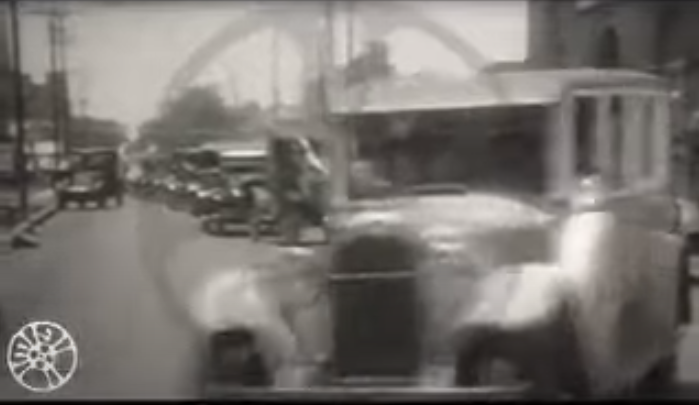As a result the Federal government told the Five Nations that all previous treaties were null and void and new treaties had to be signed with the United States, going forward. Three of the nations signed their owned individual treaty with the United States meanwhile, the Choctaw and Chickasaw Nation signed the same treaty together.
. Of interest to the descendants of Freedmen from those nations - the people previously enslaved in those nations, one of the issues addressed in each of the treaties was the aboloshing black chattel slavery practiced in those tribes.
Nation Date Signed Date Ratified
Choctaw & Chickasaw Nations April 28, 1866 June 28, 1866
Cherokee Nation July 19, 1866 July 27, 1866
Each treaty had their own language, addressing unique aspects of their relations with the Federal government.
Portions of each treaty and the ending of slavery:
Cherokee Nation - Article 9 of the Cherokee Treaty of 1866 states:
Article 9 The Cherokee Nation having, voluntarily, in February, eighteen hundred and sixty-three, by an act of the national council, forever abolished slavery, hereby covenant and agree that never hereafter shall either slavery or involuntary servitude exist in their nation otherwise than in the punishment of crime, whereof the party shall have been duly convicted, in accordance with laws applicable to all the members of said tribe alike. They further agree that all freedmen who have been liberated by voluntary act of their former owners or by law, as well as all free colored persons who were in the country at the commencement of the rebellion, and are now residents therein, or who may return within six months, and their descendants, shall have all the rights of native Cherokees: Provided, That owners of slaves so emancipated in the Cherokee Nation shall never receive any compensation or pay for the slaves so emancipated.
Choctaw & Chickasaw Nation - Article 3 of the treaty of 1866 states:
Article 2. The Choctaws and Chickasaws hereby covenant and agree that
henceforth neither slavery nor involuntary servitude, otherwise than in
punishment of crime whereof the parties shall have been duly convicted, in
accordance with laws applicable to all members of the particular nation, shall
ever exist in said nations.
Creek Nation - Article 2 of the Treaty of 1866 states:
The Creeks hereby covenant and agree that henceforth neither slavery nor
involuntary servitude, otherwise than in the punishment of crimes, whereof the
parties shall have been duly convicted in accordance with laws applicable to
all members of said tribe, shall ever exist in said nation; and inasmuch as
there are among the Creeks many persons of African descent, who have no
interest in the soil, it is stipulated that hereafter these persons lawfully
residing in said Creek country under their laws and usages, or who have been
thus residing in said country, and may return within one year from the
ratification of this treaty, and their descendants and such others of the same
race as may be permitted by the laws of the said nation to settle within the
limits of the jurisdiction of the Creek Nation as citizens [thereof,] shall
have and enjoy all the rights and privileges of native citizens, including an
equal interest in the soil and national funds, and the laws of the said nation
shall be equally binding upon and give equal protection to all such persons,
and all others, of whatsoever race or color, who may be adopted as citizens or
members of said tribe.
Seminole Nation - Article 2 of the Treaty of 1866 states:
The Seminole Nation covenant that henceforth in said nation slavery shall
not exist, nor involuntary servitude, except for and in punishment of crime,
whereof the offending party shall first have been duly convicted in accordance
with law, applicable to all the members of said nation. And inasmuch as there
are among the Seminoles many persons of African descent and blood, who have no interest or property in the soil, and no recognized civil
rights it is stipulated that hereafter these persons and their descendants, and
such other of the same race as shall be permitted by said nation to settle there,
shall have and enjoy all the rights of native citizens, and the laws of said
nation shall be equally binding upon all persons of whatever race or color, who
may be adopted as citizens or members of said tribe.
These are dates to remember, as they refer to the official time in which slavery ended in each nation. Many former slaveholders fought to keep their human chattel in bondage, and the years after the war were challenging to many of the freed people. However, by the mid 1880s a new life would take shape as the Freedmen of Indian Territory forged new lives on the Western Frontier.










